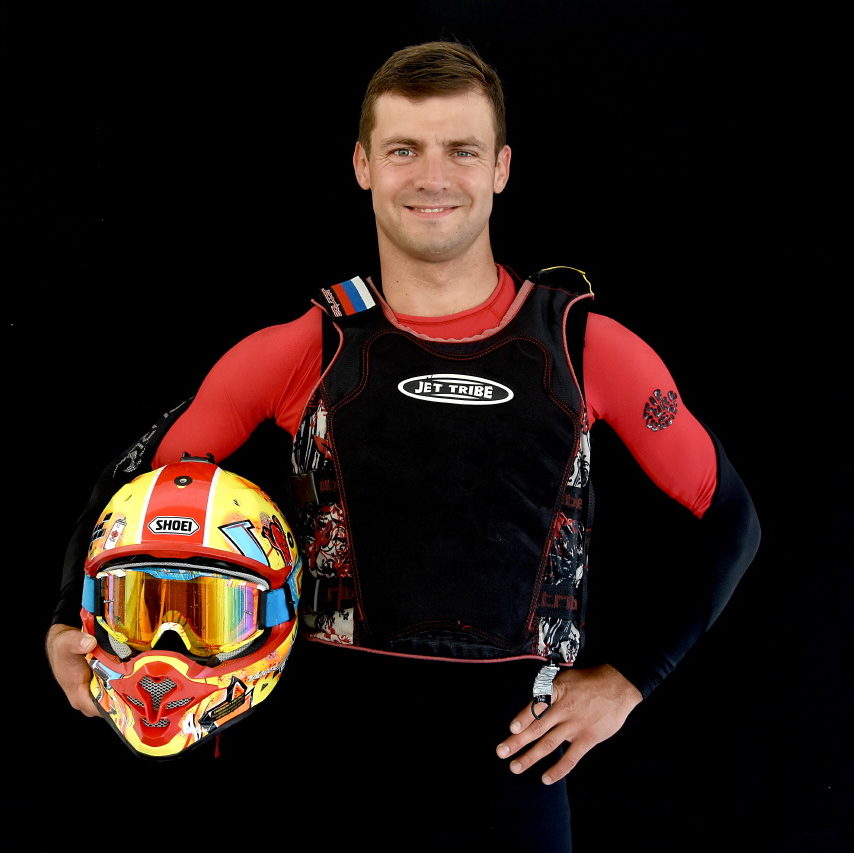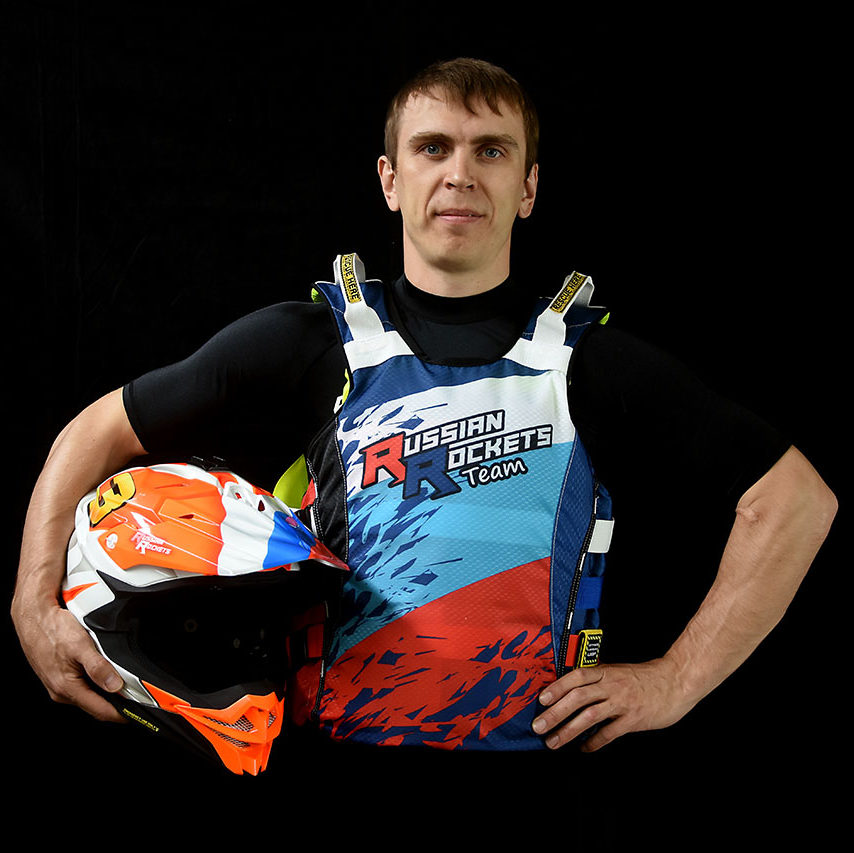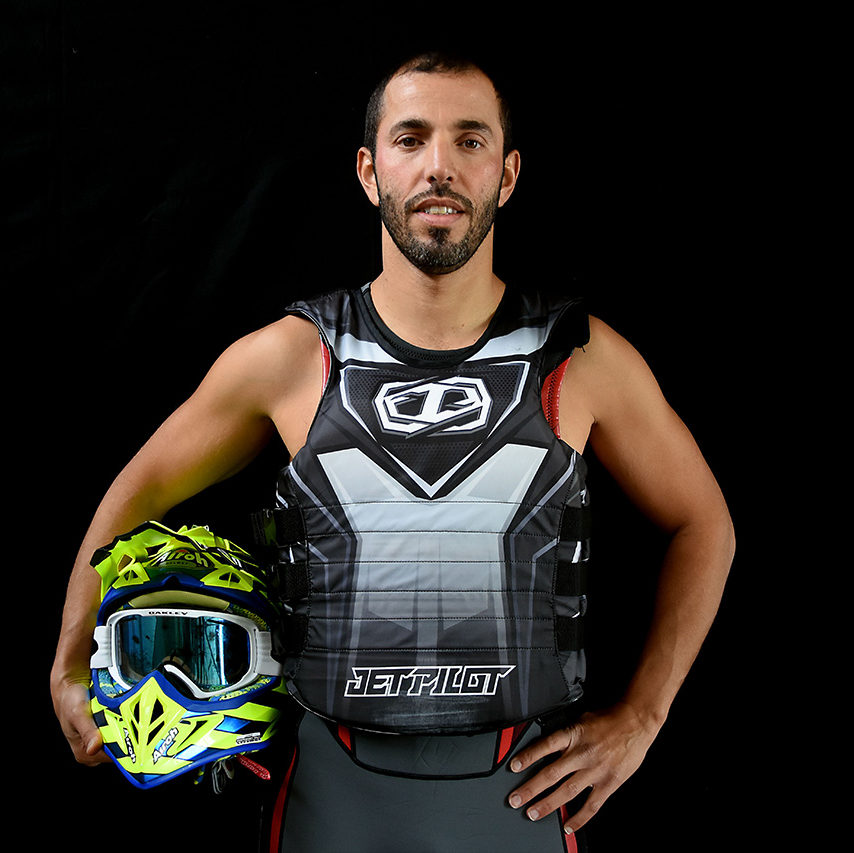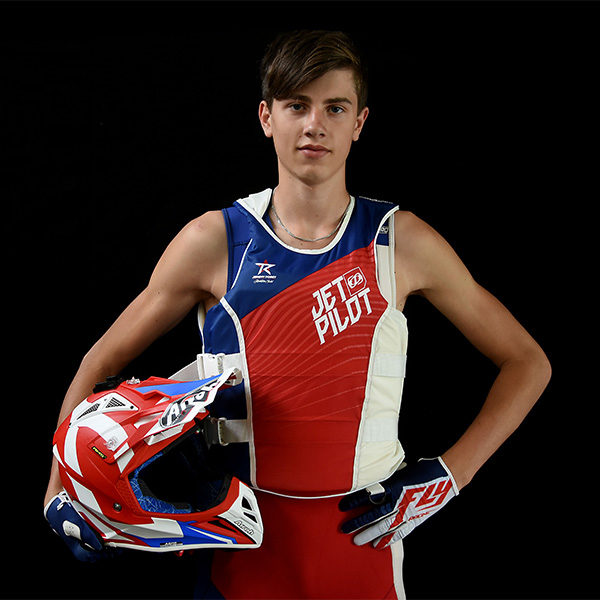Aquabike is a swim and bike combination race. They vary in length but the most common distance, as well as the USAT National Championship distance, is a 1.2-mile swim and a 56-mile bike. Aquabike races in the United States are often combined with the first two legs of triathlons.
Aqua Bike
History
The Aquabike Series was a pilot program in 2005 that was brought to USA Triathlon by one of its members. Dean Peterson of Peoria, Ariz. Peterson had spoken with many triathletes that felt they would be interested in a format in which athletes could compete in the swim and the bike portions of a half or ultra-distance triathlon. He brought the idea to then USA Triathlon’s acting Executive Director, Mike Greer, who got the race directors to provide a course. Race directors then agreed to provide times and placements for these athletes.
In 2010, USAT initiated a stand-alone rankings program for aquabike. By 2012, there were over 3,000 athletes ranked in this discipline.
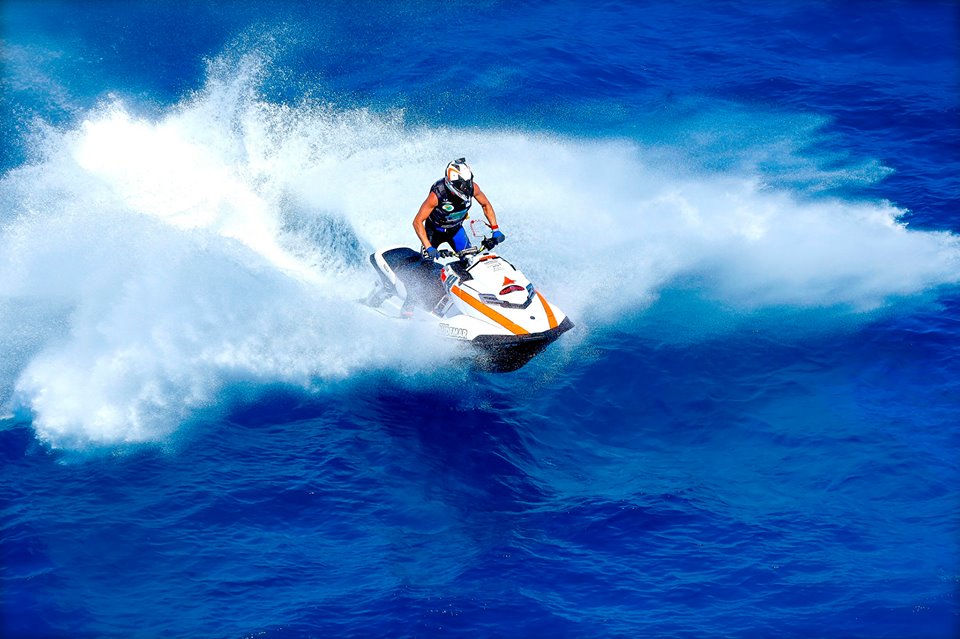

Rules
Race rules
- Races must be sanctioned by USAT
- Races must be distance-based and not time-based. Any race that is time-based cannot be accurately scored as athletes will travel different distances in the allotted time. (USATri60 events are not ranked due to these guidelines.)
- Athletes participating as part of Team USA at ITU World Championship races will receive a ranking for these races
- A race must have more than one finisher in order to be ranked
- Race type must be one of the following: On-Road Triathlon, Off-Road Triathlon, Duathlon, Aquathlon, or Aquabike. As of 2016, adult age group amateur draft legal races will be included with On-Road Triathlon rankings. Elite draft legal and youth elite development races will remain unranked. (Due to the limited number of Off-Road Duathlon, Aquathlon, and Aquabike races, off-road and on-road races are ranked together in these sports.)
- Each multisport discipline is ranked separately
- Only Adult races are ranked (youth athletes participating in an adult race will be ranked)
- Clinics and Youth races are not ranked by USA Triathlon
- The race must have a multi-sport component. (In 2011 we witnessed some issues with events that cancelled multiple legs or converted them to another sport [i.e. a triathlon swim, bike, run became a run, run, run]. Single sport events cannot be ranked by our system.)
- If a leg is cancelled or changed within 24 hours of the start of the race, the race will be ranked as it was originally sanctioned. (For example: A triathlon (Swim/Bike/Run) has the swim cancelled the morning of the race, or the swim is substituted with an extra run, it will be ranked as a triathlon.) If the leg is cancelled or changed more than 24 hours in advance, the race will be ranked as the type of event it became. For instance: a triathlon with a cancelled swim will become a duathlon.
- Everyone in the race must have traveled the same distance in the event. Occasionally we sanction events that are based on how far a person can travel in a set amount of time (vs. how fast someone can travel a specific distance) these types of races are not ranked
Athlete rules
- Race age is determined by one’s age on 12/31 of the race year
- Race Age determines the age group you race under
- To be included in the Final Rankings, an athlete must have an active membership on 12/1 of the race year
- Athletes who do not finish the race or are disqualified will not be ranked
- Women receive a 10% gender grade bonus in each race
- Athletes who hold an elite license in Triathlon (or are Foreign or Collegiate Elite) will appear in the results but will not qualify for a national ranking in any sport. Elite Duathlete and Off-Road Triathletes are eligible for age group rankings in any discipline other than that in which they hold the elite license
- National ranking scores are calculated using each athlete’s top two to three scores depending on discipline. (On-Road Triathlon = 3, Duathlon, Aquabike, Aquathlon, Off-Road Triathlon = 2) (*To be changed to three duathlons in 2019.)
- All Athletes who receive an overall score will be used as pacesetters for the next season
- If you discover an error in your rankings, you must notify the rankings department by midnight Mountain Time on January 31 of the following race year. Request for corrections received after this date will be denied.
- Top 10% of each age group receive All American Honor
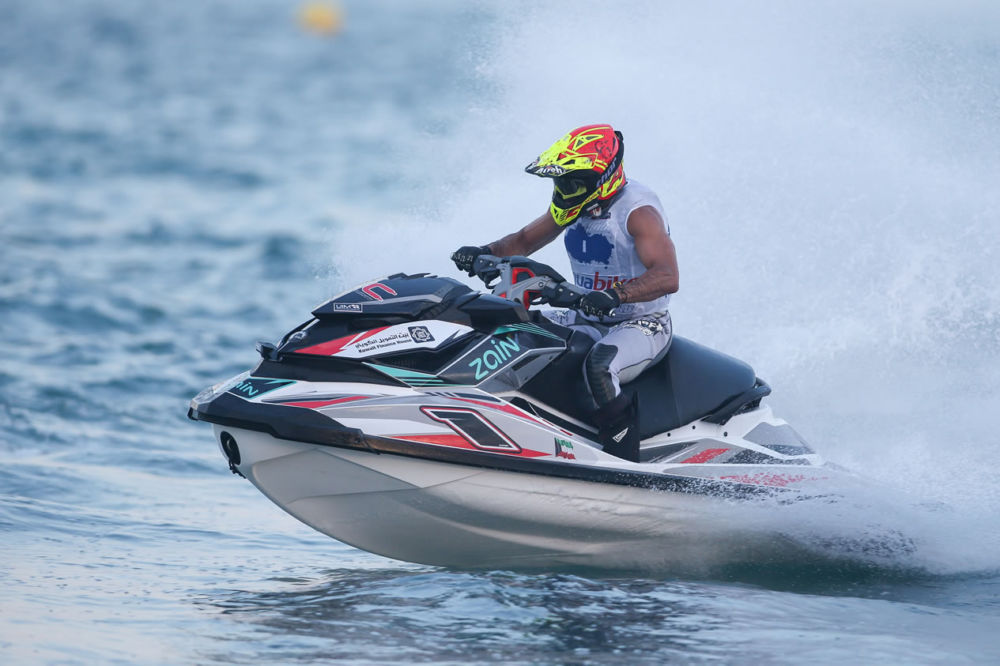
Commonly Used Terms
Pacesetter: any athlete who completed three or more triathlons the previous year (two or more of any other sport – 2018). (*To be changed to three duathlons in 2019.)Beginning in 2014 membership status will not affect whether or not one is a pacesetter.
Par Time: estimated fastest time possible by an amateur athlete and determined by the pacesetters in the race. Note: Par time is specific to the course and will change from year to year based on who is racing.
Calculated Time: A pacesetter’s time – ((time in race*(overall score/100))
Original Score: initial comparison of athlete time against par time (athlete time / par time)
Race Score: Score in the race (an inverse of the Original Score) * 100
Overall Score: An average of the top three original scores in on-road triathlon (top two of all other sports). (*To be changed to three duathlons in 2019.) For annual members, the overall score is used to determine one’s National Ranking each year
National Ranking: an athlete’s placement among other athletes of the same gender and in the same age group. The athlete with the best score will ranked number 1.
Age Group: There are 18 age groups: 15 and under, 16-17, 18-19, 20-24, 25-29, 30-34, 35-39, 40-44, 45-49, 50-54, 55-59, 60-64, 65-69, 70-74, 75-79, 80-84, 85-89, 90+

